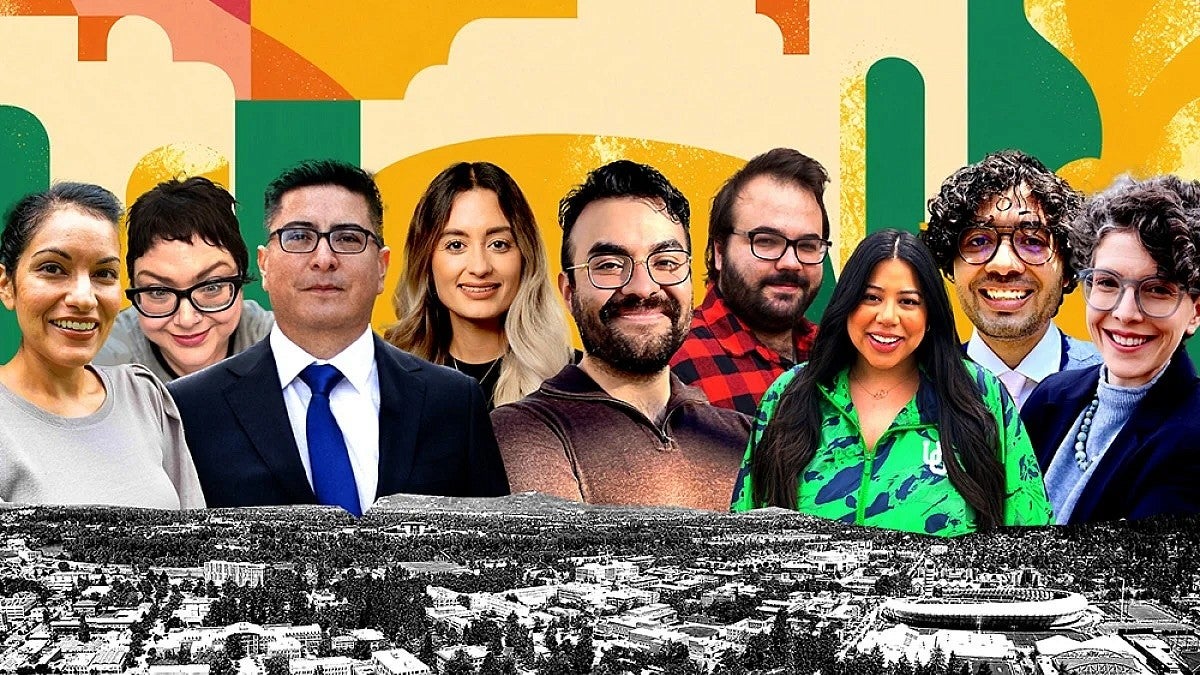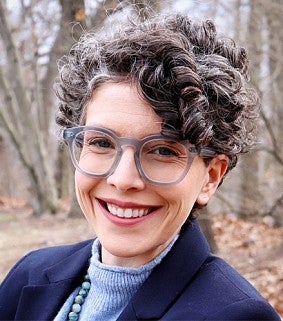
The College of Arts and Sciences is investing in its Latinx studies courses by hiring nine new tenure-track faculty members. The new hires will offer courses to meet the demands of a growing Latinx Studies Minor Program, mentor undergraduate and graduate students, provide fresh perspectives in their disciplines—and more.
With a focus on pre-1848 northern Mexican borderlands, Naomi Sussman, who has just finished postdoc research at University of California, Los Angeles, brings an expertise in Indigenous histories of California the US Southwest, and northern Mexico.
“I focus on the sovereign relationships between Native peoples, and then how those peoples positioned themselves in relation to colonial states,” Sussman says. “I’m also interested in thinking about Indigenous people within the Latiné diaspora and thinking about Indigenous migrations from Mexico and Central America into an Indigenous California interior over this long period.”

What is your teaching philosophy?
I went to Macalester College, which is a small liberal arts college. The way that I approach teaching is to really center students and their interests, operating from practices of universal design. I orient my pedagogy around accessibility conceived really broadly to include disability, but also to include students who, for example, have work or family care commitments.
The liberal arts space is student-led and student-made. We create seminar manifestos where students think about how they want to be in relation to each other, how they want to navigate conflict and disagreement and difficult discussions, and we have an evolving conversation around that. So they understand that there's a relationship between the content of the class, the material we're studying, and the way that we relate to each other. This approach comes out of an intersectional approach to learning that has us building bridges across difference, rather than arriving at an authorized position.
I tend to take an active, playful approach to learning. We do a lot of games. We do a lot of drawing, and different kinds of small group discussion. Encouraging students to get out of this kind of authoritative relationship with their professor, and instead understanding each other and themselves as having ownership over the classroom space, really leads to not only a greater sense of community, but also greater learning.
How does Latinx studies enrich a student’s experience?
Latinx (or Latiné studies) and Indigenous studies, which tend to be generalized as area studies, are not just additive. We’re not just integrating Latinx voices and histories into this larger kind of Grand American narrative. Instead, these fields teach us to think critically about how the United States came to be and envision other possibilities.
Latinx studies comes out of a profound political movement, one that has deep roots here in Oregon. The work that we do in the classroom has a political potency that allows us to imagine other ways of being in the world and other kinds of political realities. These imaginative tools are meaningful and important for students who are facing a challenging and often frightening future.
I have also worked with Latiné students and Indigenous Latiné students, and found that there is real power in students understanding that their history is valuable, that it's important, that it's meaningful. It's inherently important—not because it's part of the U.S. mosaic, but because their ancestors and their family members are theorists. They are people who have always told their own histories and forged new worlds.
What is your Desert Island book?
Either Nnedi Okorafor's Akata Witch or N.K. Jemisin's The Obelisk Gate. There's a lot of material in The Obelisk Gate (and the whole Broken Earth Trilogy) to chew over, but Akata Witch is both interesting and (for me) the ultimate comfort read. If I'm stranded on a desert island, I suspect I might be looking for some escape and comfort.
What is your favorite food?
Currently one of three: huaraches con hongos; chiles en nogada; or bharwa baingan. I'm always going to choose something spicy and/or bursting with flavor!
